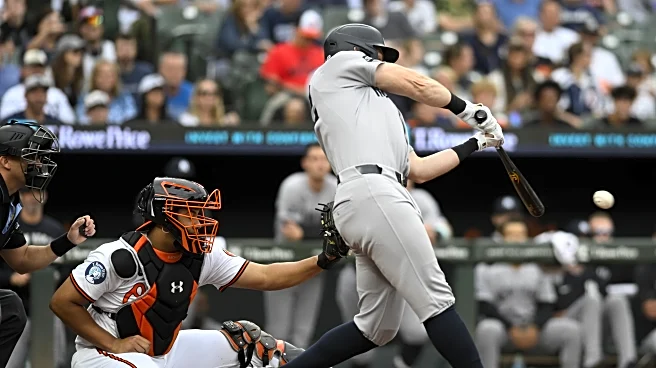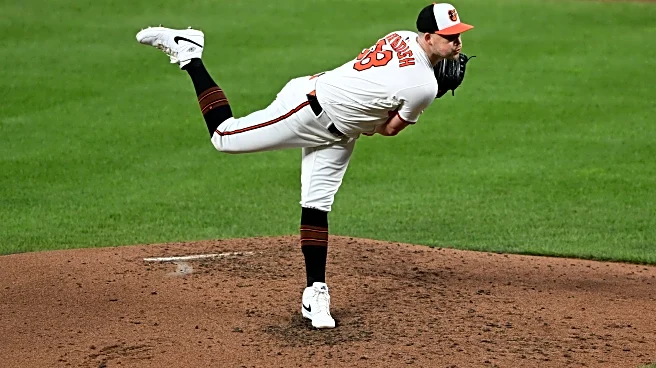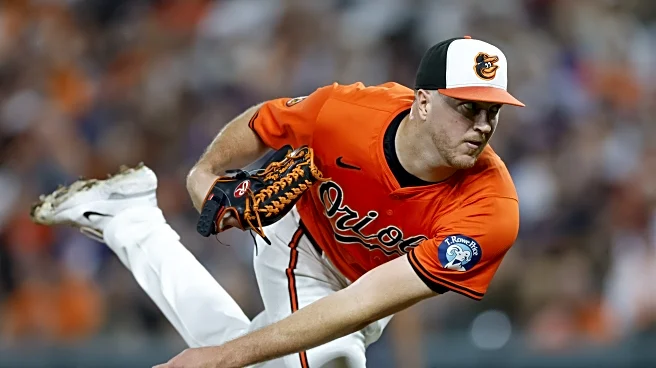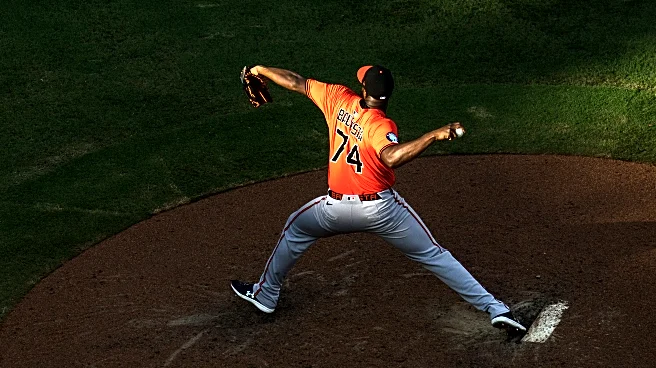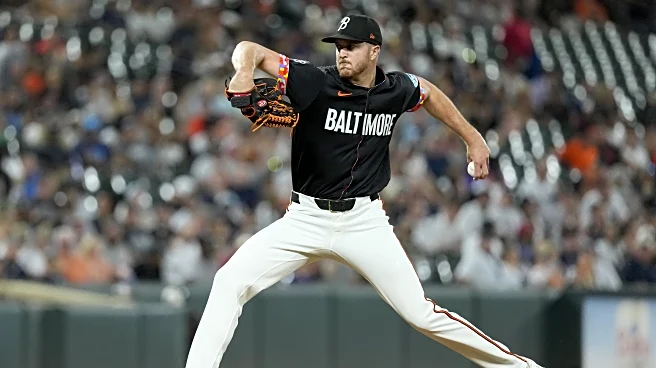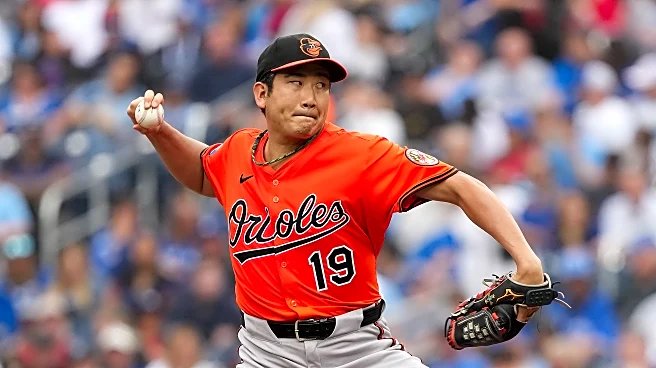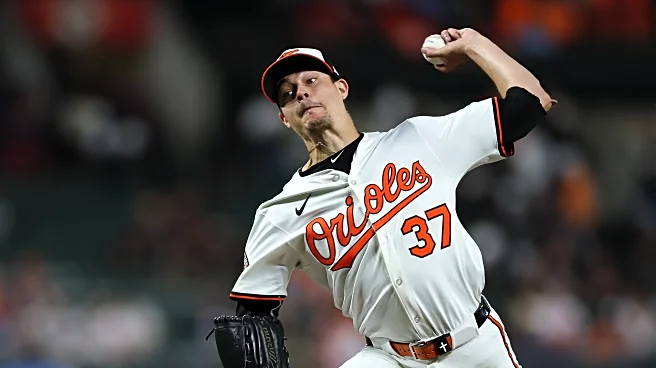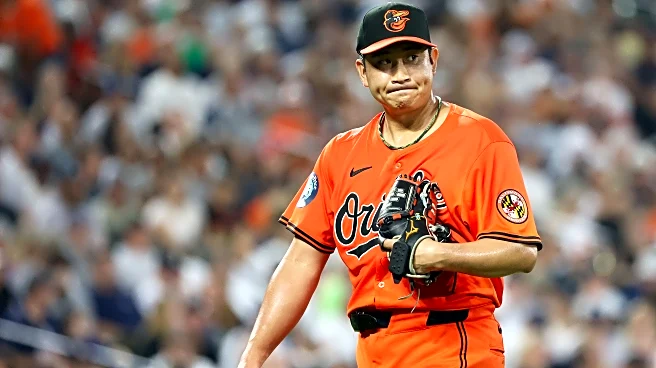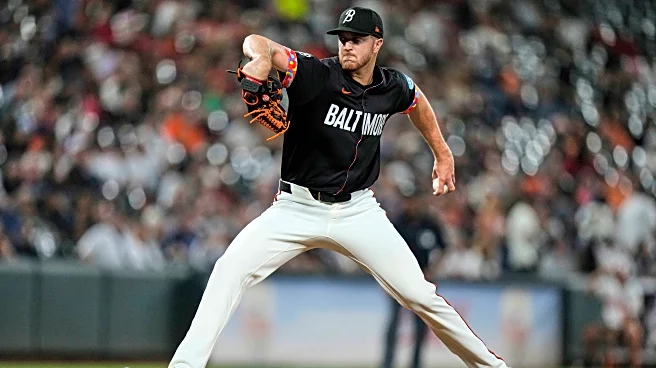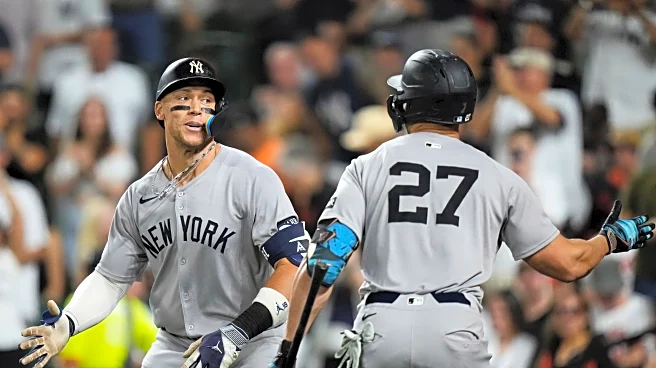September has been a brutal finish for an Orioles offense that has struggled all year long. Despite the team’s solid 12-7 record this month, the lineup has largely been a no-show, scoring more than four
runs in a game just three times and scoring two of fewer runs on eight occasions.
This is not a problem unique to September for the Orioles. Their offense ranks 24th in MLB in runs scored all season long. They also sit 24th in batting average (.237), 24th in OBP (.305), and 20th in slugging (.395). Home runs have buoyed them a bit. Their 182 long balls are tied for 12th in MLB. But in general, this is a squad that is the bottom 25% of the league in most offensive numbers.
Power has been even harder to find for the Orioles this month. They have hit just 18 home runs in September (24th in MLB), none of which have come from star Gunnar Henderson. For a team that saw much of their run production come from home runs earlier in the season, the lack of power now has cratered their overall outputs.
The Orioles have scored 61 runs across 19 games this month. That is tied for the fewest runs in MLB. The Pirates have scored the same number of runs, but in one fewer game. The O’s also rank 30th in batting average (.204), 25th in OBP (.295), and 28th in slugging (.331). In a nutshell, they have been the worst offense in the league for several weeks now.
It’s not just the high level numbers that are bad. Things are ugly beneath the surface as well. The Orioles are 26th in hard hit rate, 27th in line drive rate, and 29th in strikeout rate in September. It’s tough to find a winning path when you aren’t making enough contact, and when you are hitting the ball it’s not coming off the bat very hard.
Henderson is the heartbeat of the lineup. So it’s not surprise that he, in particular, has had a tough month. Over 18 games he has a .227/.346/.273 batting line. His patience at the plate has been commendable given how poor things are going around him. He could easily press and force poor swing decisions. Instead, he is talking his walks (12.8% walk rate) and getting on base at a solid rate.
Others that have struggled include Samuel Basallo (77 wRC+), Colton Cowser (59 wRC+), and Ryan Mountcastle (30 wRC+). The levels of concern here vary quite a bit. Basallo is a rookie that is just getting his feet wet. Stats only tell part of the story, and it doesn’t feel helpful to draw many conclusions yet. Cowser has had a wonky seas0n that has included injuries and inconsistent performance. Even still, the Orioles need more out of him. Mountcastle feels like a player on the chopping block this offseason. A poor finish to the season may just reinforce that reality.
Tyler O’Neill (36 wRC+) and Jordan Westburg (-46 wRC+) have had poor initial results in their returns form injury. Neither one of them is going anywhere this offseason. O’Neill is in no position to opt out of the final two years of his contract, and Westburg isn’t even eligible for arbitration. Both may now carry the distinction of being injury prone, far or not for the younger Westburg. The goal for each of them in the final week is to simply stay on the field and see if they can get some sort of mental edge headed into the offseason.
Of course, it has not all been bad. Coby Mayo is finally rounding into form. He owns a .283/.358/.483 slash line along with three home runs this month. His 31.3% strikeout is still a little scary. He will really need to mash for that to work long term, but he might be capable of it. Dylan Beavers is walking (23%) and striking out (23%) at the exact same rate. So while his .196 batting average this month isn’t ideal, he looks comfortable at the plate and could be the favorite to lead off in 2026. And Jackson Holliday has continued his solid sophomore campaign. His 102 wRC+ isn’t MVP-caliber stuff, but the improvement in year two has been obvious. His role as everyday second baseman is secure.
The growth of guys like Mayo, Beavers, and Holliday is important, along with the potential of Basallo. These are players with little to no big league track record. And yet they will be counted on for big roles in a crucial 2026 campaign. Getting the growing pains out of the way now may help the team hit the ground rounding next season.
At the same time, the players that the Orioles will be counting on to lead the lineup in 2026 have all been a disappointment this year. Can we realistically expect them to all bounce back next summer? The team may have no choice.
Every cornerstone of the Orioles lineup is a (relatively) young player under team control beyond 2026. And many of them have been quite good up until this season. So it’s unlikely that the organization decides to overhaul the roster. Tweaks could happen, namely at first base or an outfield spot, but overall this team is going to sink or swim based off of what’s already in-house. There is obvious risk there.
Injuries certainly haven’t helped. Henderson and Holliday are the only two that have been healthy and on the big league roster all season, and even Henderson had to open the season on the IL for a few days. September is being used as an extended rehab for guys like O’Neill, Westburg, and eventually Adley Rutschman.
But these injuries are not a get-out-of-jail-free card for Elias and the rest of the front office. Where the analysis of the pitching issues early in the year is relatively simple (Charlie Morton implosion, lack of an ace, missing Kyle Bradish, injury to Grayson Rodriguez, etc.), the conversation surrounding the offense is much harder. What went wrong? Why is it happening to (almost) every player? Why has it not gotten better? And what are you going to do to fix it?
Hopefully the answers to some of these questions can be provided by the expansion of the front office that is said to be on the horizon.

